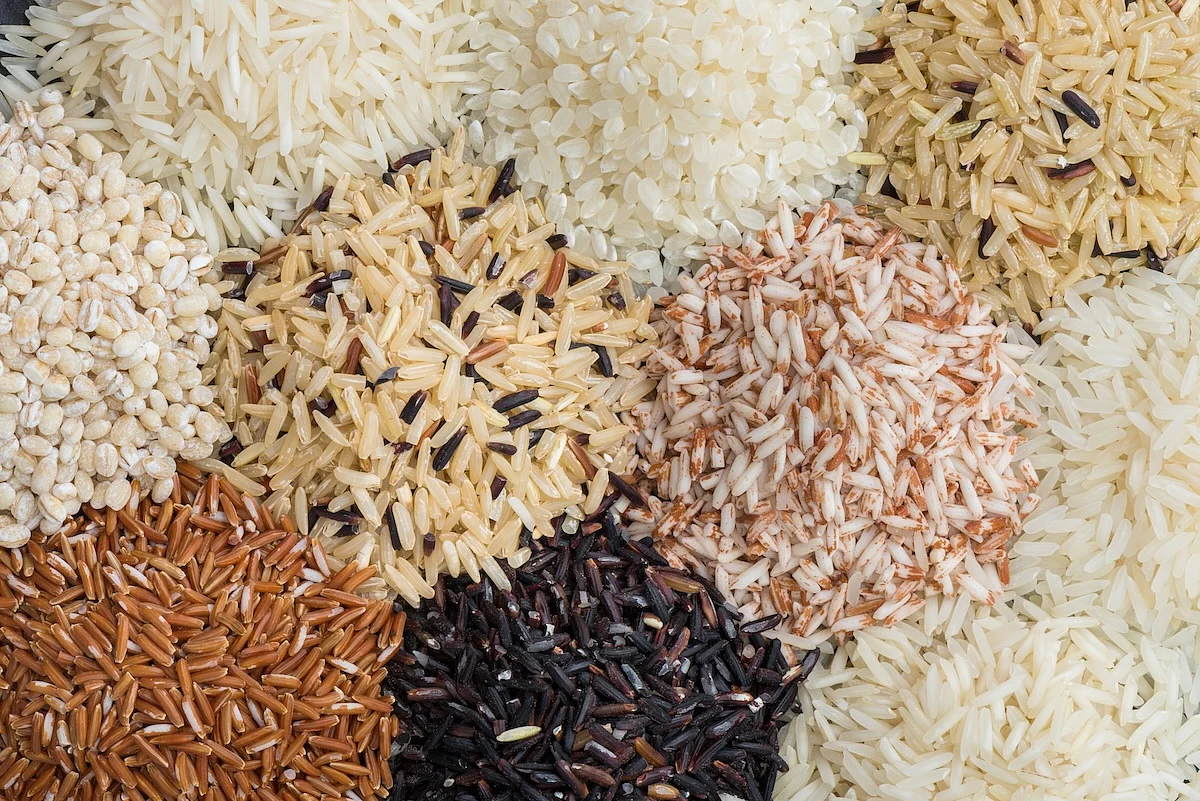Toxic Metals Found in All Rice Samples in New Study
By I. Edwards HealthDay Reporter
FRIDAY, May 16, 2025 — A new report says rice sold in U.S. stores contains toxic heavy metals, including arsenic, cadmium, lead and mercury.
The report — released by Healthy Babies, Bright Futures — found arsenic in 100% of rice samples tested from stores in 20 metro areas, including New York City, Los Angeles and Miami, CBS News reported.
What's more, 1 in 4 samples exceeded the U.S. Food and Drug Administration’s (FDA) arsenic limit for infant rice cereal, which is 100 parts per billion (ppb).
That rule was set in 2021, but it only applies to rice cereal made for babies — not to the rice that the rest of the family eats.
"No such limit exists for rice itself — the bags and boxes of rice served at family meals — despite it being widely consumed by infants and toddlers," the authors note.
The study tested 145 popular brands of rice, including Trader Joe’s and Ben’s and Goya. On average, total heavy metal levels across the samples ranged from 63 to 188 ppb, with some going as high as 240 ppb, CBS News said.
Arsenic showed up at the highest levels, followed by cadmium. Lead and mercury were found in smaller amounts.
Responding to the report, the USA Rice Federation acknowledged consumers' concerns.
"We know that arsenic in food is alarming for many consumers and that you may have questions," the group said in a statement emailed to CBS News. "And while we do not agree that there is a public health safety issue as a result of trace amounts of arsenic in rice, we will continue to work with the U.S. Food and Drug Administration to ensure the U.S. rice supply meets any threshold established."
The FDA and National Institutes of Health (NIH) note that inorganic arsenic — the form found in higher amounts in this study — is more toxic than the naturally occurring kind. The Environmental Protection Agency (EPA) also classifies it as a carcinogen, or a cancer-causing substance.
To lower your exposure, the report offered three tips:
-
Cook rice like pasta. Use 6 to 10 cups of water per 1 cup of rice, then drain any extra before eating.
-
Try alternatives. Foods like quinoa, barley and couscous have lower levels of heavy metals.
-
Choose rice wisely. White rice from California, sushi rice, Thai jasmine and Indian Basmati tend to have lower levels of heavy metals and elements. Avoid brown rice, white rice grown in the Southeastern U.S. and arborio rice from Italy, which were shown to have higher levels.
Sources
- CBS News, May 15, 2025
Disclaimer: Statistical data in medical articles provide general trends and do not pertain to individuals. Individual factors can vary greatly. Always seek personalized medical advice for individual healthcare decisions.
© 2025 HealthDay. All rights reserved.
Posted May 2025
Read this next
Folks Skipping Salt Substitutes — Even Those With High Blood Pressure
FRIDAY, Sept. 5, 2025 — Most people with high blood pressure aren’t skipping the salt shaker in favor of a salt substitute, according to a new study. Incredibly few...
Saliva Might Keep Fruit Juice From Rotting Teeth, Study Says
THURSDAY, Sept. 4, 2025 — Some parents avoid giving their kids fruit juice, for fear that it might rot their teeth. But the bad effects of juice on a child’s oral...
Sugar Substitutes Could Be Bad For Brain Aging, Study Argues
THURSDAY, Sept. 4, 2025 — Artificial sweeteners like Equal and Sweet’N Low might help you cut calories, but it might be at the cost of future brain power, according to...
More news resources
- FDA Medwatch Drug Alerts
- Daily MedNews
- News for Health Professionals
- New Drug Approvals
- New Drug Applications
- Drug Shortages
- Clinical Trial Results
- Generic Drug Approvals
Subscribe to our newsletter
Whatever your topic of interest, subscribe to our newsletters to get the best of Drugs.com in your inbox.

